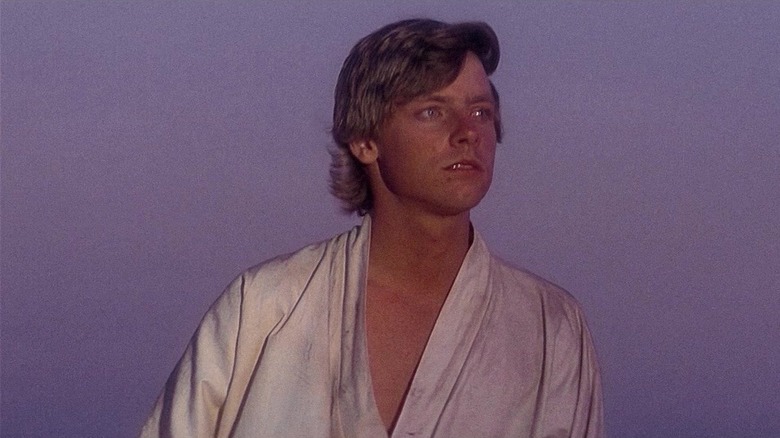The “Star Wars” franchise has grown far beyond what anyone could have imagined at any point in time. If you’d asked George Lucas while he was having an anxiety attack in the middle of shooting the first film, he would have said the movie was a mess. Fans in the late ’80s, when the original trilogy had ended and no new movies were in sight, likely couldn’t imagine that there would be six more films on the horizon. For that matter, had you asked George Lucas what was next for the franchise after he’d completed his prequel trilogy in 2005, he probably wouldn’t have believed you if you told him about the many, many, oh so many “Star Wars” TV shows we now have (not least of all when he was still disillusioned about not being able to crack the code for making “Star Wars Underworld” at a reasonable budget and with the era’s limited technology).
And yet, “Star Wars” continues to grow with more shows (and possibly a new movie actually getting made this time). Not only that, but the franchise is always pushing filmmaking tech forward — from the advancements Lucas and his team at ILM made in digital editing and digital cinematography to “The Mandalorian” and its use of the StageCraft technology. Still, no matter how popular or successful the “Star Wars” movies have been, only one was a big hit with The Academy.
To this day, the “Star Wars” franchise has been nominated 37 times for the Oscars, yet only 1977’s “Episode IV — A New Hope” secured multiple wins, earning isx Oscars out of the 10 it was nominated for. It swept the technical categories that year, winning Best Art Direction, Costume Design, Film Editing, Original Score, Best Sound, and Visual Effects, plus a Scientific and Engineering Award, and a Special Achievement for Ben Burtt’s work on the film’s alien, creature, and robot vocals. This is something the franchise has never achieved since.
The original Star Wars remains a miracle of a film
No matter how popular the “Star Wars” franchise has remained, it makes sense that the very first film is the one that made the biggest impact on the Academy. “A New Hope” is simply an incredible film, a hugely entertaining and effective space opera featuing a simple yet compelling story, memorable characters, and a vast amount of world-building. Sure, Alec Guinness may have hated the script and wanted it changed, but there’s no denying that its narrative works.
And, of course, the film is still a groundbreaking work of special effects. It’s easy to dismiss the original “Star Wars” given that “The Empire Strikes Back” improved on virtually every aspect of the movie while also telling a better story, but there’s something to be said about “A New Hope” being, essentially, an independent film that still delivered unparalleled spectacle. No matter how the franchise has grown in scope and scale over the years, the original Trench Run remains one of the best action scenes ever, and a masterclass in how editing can change an entire narrative for the better and save a movie.
Nearly 50 years after its release, the original “Star Wars” remains more than a pop culture staple and a popular blockbuster that started an iconic franchise — it’s also an important piece of cinema history.
This post was originally published on here








